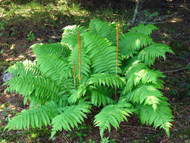Cinnamon Ferns are one of the largest ferns available?
May 18, 2023
Cinnamon Ferns are one of the largest ferns available.
The cinnamon fern (Osmundastrum cinnamomeum) is a deciduous fern native to eastern North America. It gets its common name from the cinnamon-colored spore-bearing fronds that appear in the center of the plant. Here are some characteristics of cinnamon fern:
- Fronds: Cinnamon fern has two types of fronds: sterile and fertile. The sterile fronds grow in a vase-like shape and can reach a length of 3 to 5 feet. The fertile fronds are shorter and grow in the center of the plant. They are cinnamon-colored and covered with spores.
- Growth habit: Cinnamon ferns grow in clumps and can reach a height of 3 to 5 feet and a width of 2 to 3 feet. They prefer moist, acidic soil and can tolerate partial to full shade.
- Habitat: Cinnamon ferns are typically found in wetland areas, such as swamps, bogs, and along stream banks. They are often used in wetland restoration projects to help stabilize soil and filter pollutants.
What is the best soil type for Cinnamon Ferns?
Cinnamon ferns grow best in acidic soil with a pH between 4.5 and 6.0, although they can also tolerate slightly alkaline soil. They prefer partial to full shade but can also tolerate some sun if they are grown in consistently moist soil. In the wild, cinnamon ferns often grow in colonies, forming large clumps of plants.
Cinnamon ferns are an important part of wetland habitats, providing habitat and food for a variety of wildlife, including insects, birds, and small mammals. They are also helpful in wetland restoration projects, where they can help to stabilize soil and prevent erosion.
- In addition to their use in wetland areas, cinnamon ferns are a popular ornamental plant for shaded gardens and woodland landscapes. They can add a unique touch of texture and color to a garden setting and are relatively easy to grow with minimal maintenance requirements.
- Landscape use: Cinnamon ferns can be used in a variety of landscape settings, including woodland gardens, naturalistic plantings, and wetland restorations. They are often planted in groups or massed together to create a dramatic effect.
- Maintenance: Cinnamon ferns are relatively low maintenance and do not require much pruning or fertilization. They prefer consistently moist soil, so they may need to be watered during dry periods.
- Soil: Cinnamon ferns prefer moist, acidic soil with a pH between 4.5 and 6.0. They can tolerate slightly alkaline soil but may grow poorly. Make sure the soil stays consistently damp but not waterlogged.
- Watering: Cinnamon ferns need regular watering, especially during hot and dry weather. Water deeply and regularly, but avoid overwatering or allowing the soil to become waterlogged.
- Light: Cinnamon ferns prefer partial to full shade but can tolerate some sun if they are grown in consistently moist soil.
- Fertilizer: Cinnamon ferns do not typically require fertilizer, but if you want to give them a boost, you can apply a balanced fertilizer in early spring or mid-summer.
- Pruning: Cinnamon ferns do not require regular pruning, but you can remove any dead or unhealthy leaves as needed to help the plant look tidy.
- Mulching: Cinnamon ferns benefit from a layer of compost around the base of the plant to help retain moisture and suppress weeds. Avoid piling compost too close to the base of the plant, as this can cause the plant to rot.
Overall, https://www.nativewildflowers.net/cinnamon-fern/ Its unique fronds and tolerance to wet soils make it a popular choice for wetland restorations and naturalistic plantings.

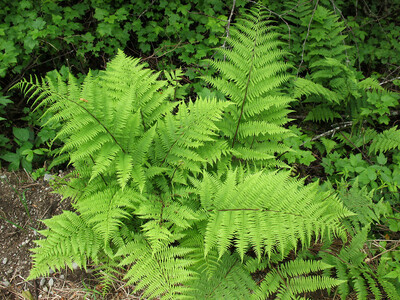 Native Ferns
Native Ferns
 Native Mosses
Native Mosses
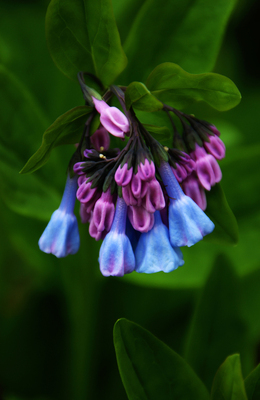 Native Perennials
Native Perennials
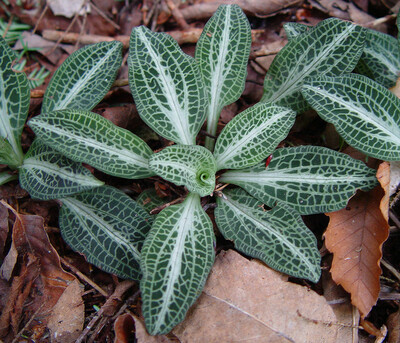 Native Ground Covers
Native Ground Covers
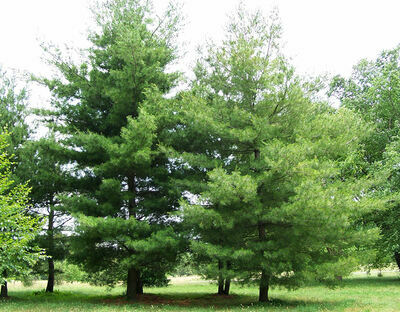 Native Trees
Native Trees
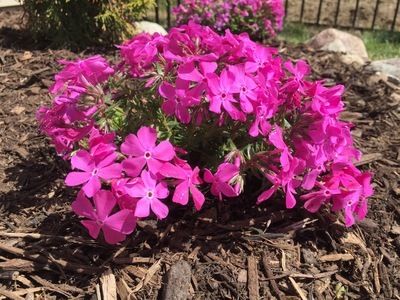 Shop By Zone
Shop By Zone
 Flowering Groundcovers
Flowering Groundcovers
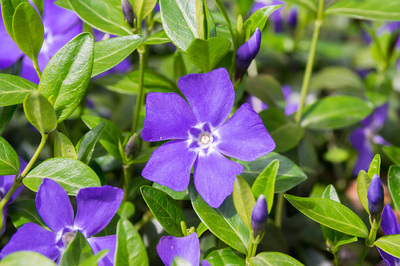 Evergreen Groundcovers
Evergreen Groundcovers
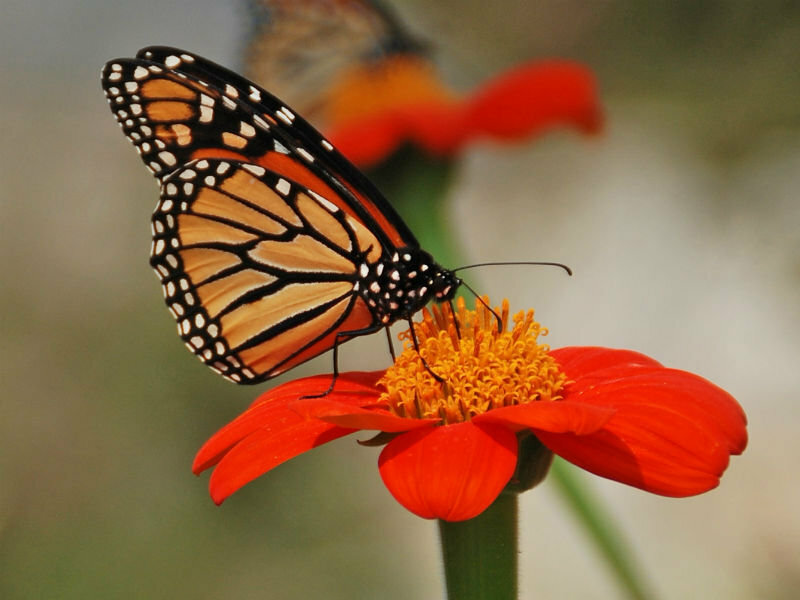 Pollinators
Pollinators
 Shop Bloom Color
Shop Bloom Color
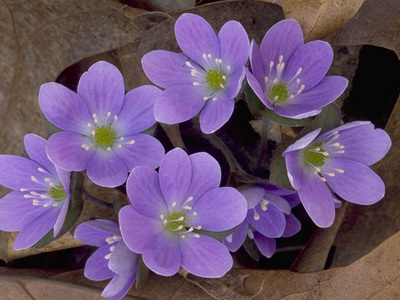 Perennials By Zone
Perennials By Zone
 Medicinal Herb Plants
Medicinal Herb Plants
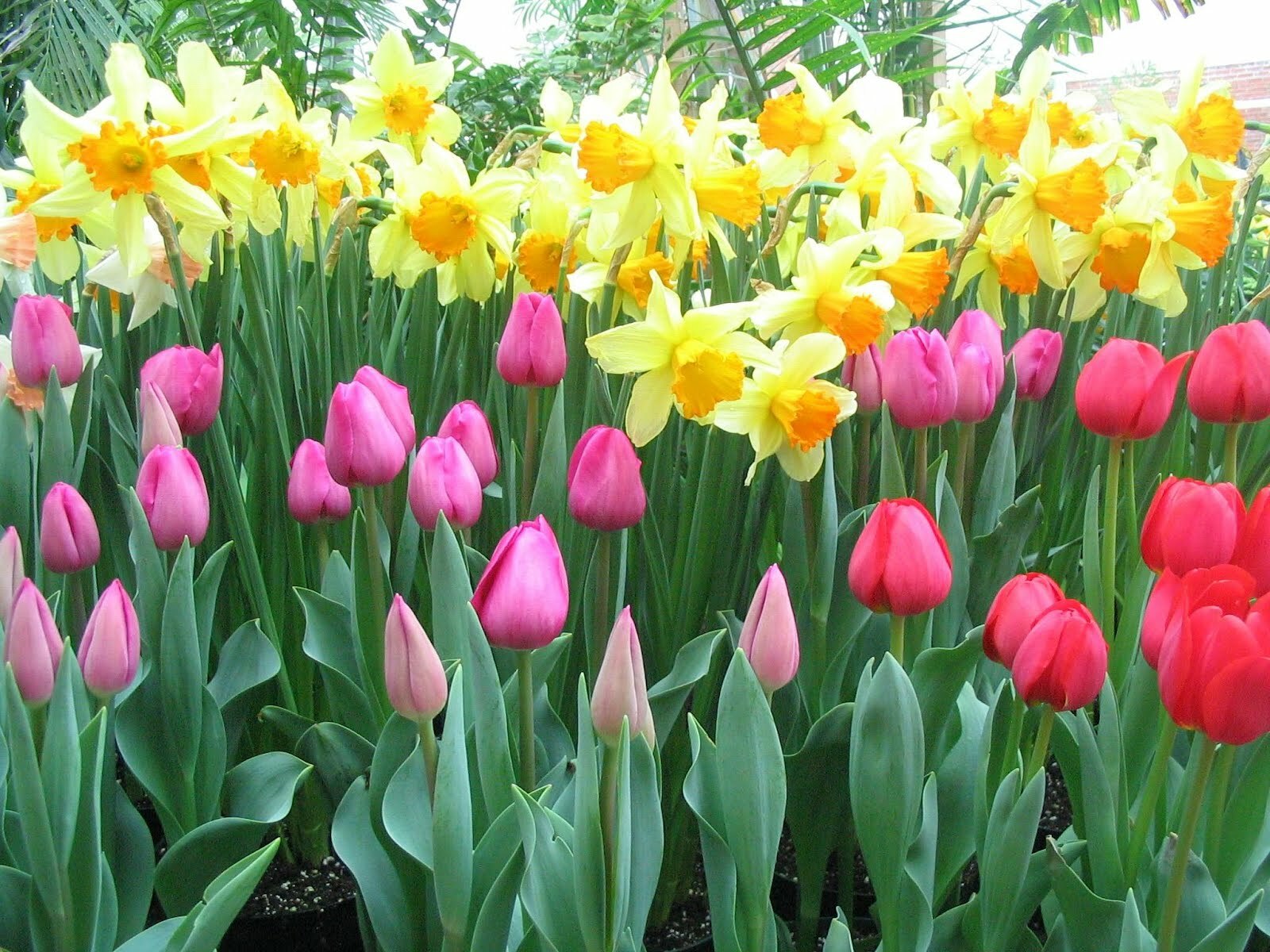 Spring Bulbs
Spring Bulbs
 Trillium
Trillium
 Ferns for Zone 3
Ferns for Zone 3
 Ferns for Zone 4
Ferns for Zone 4
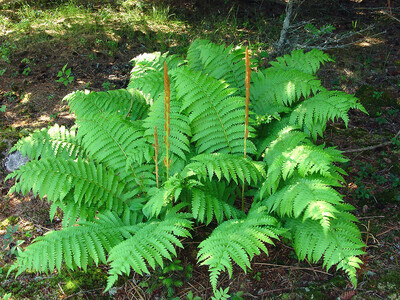 Ferns for Zone 5
Ferns for Zone 5
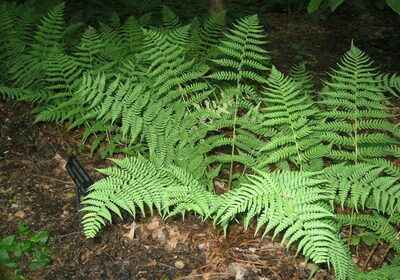 Ferns for Zone 6
Ferns for Zone 6
 Ferns for Zone 7
Ferns for Zone 7
 Ferns for Zone 8
Ferns for Zone 8
 Christmas bows
Christmas bows
 Fresh Wreaths
Fresh Wreaths
 Garlands
Garlands
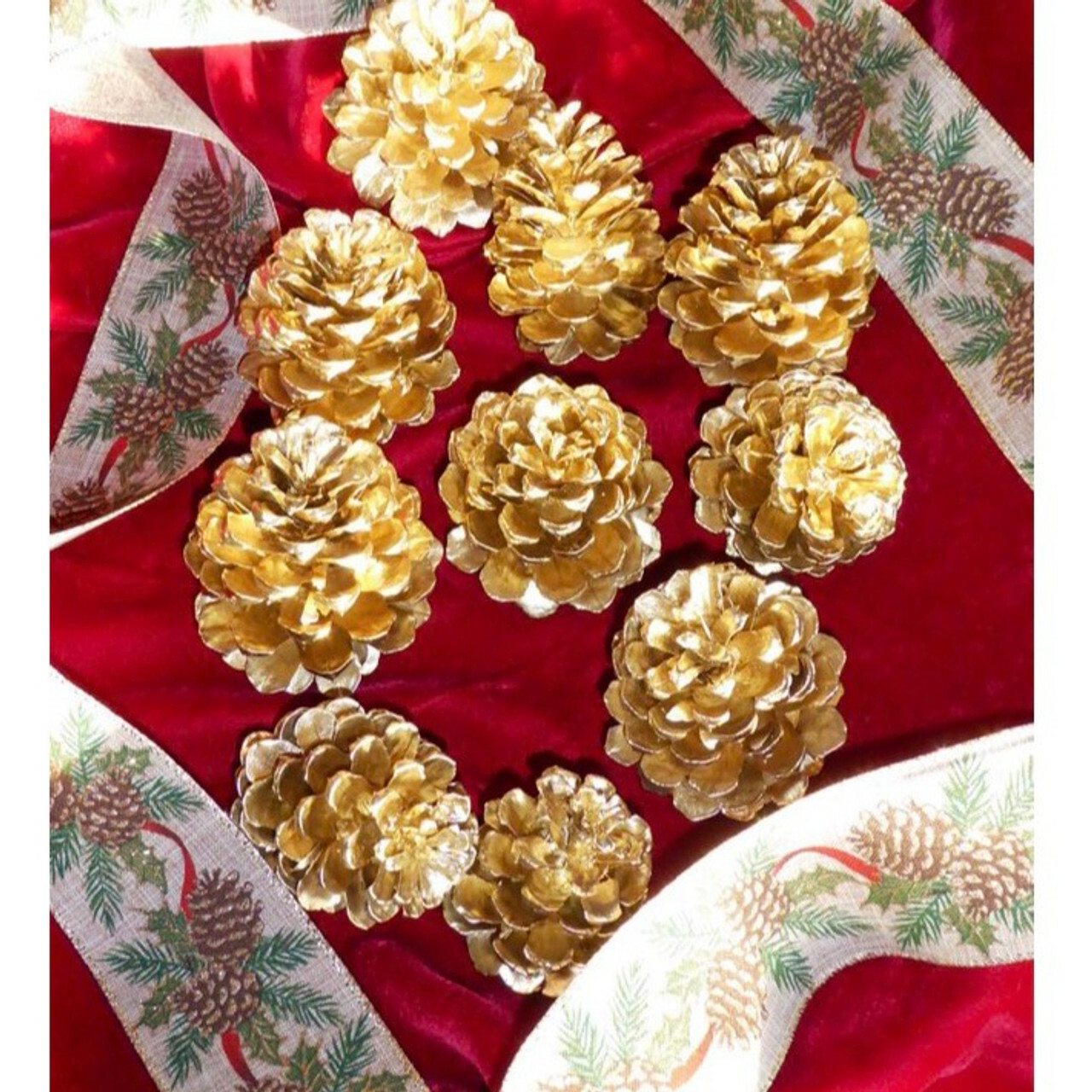 Large Pine Cones
Large Pine Cones
 Live Mistletoe
Live Mistletoe
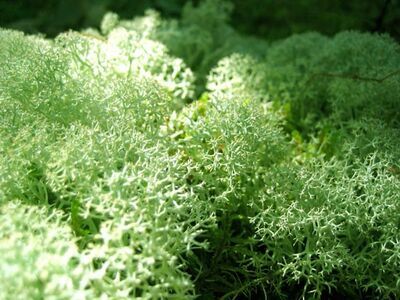 Moss
Moss
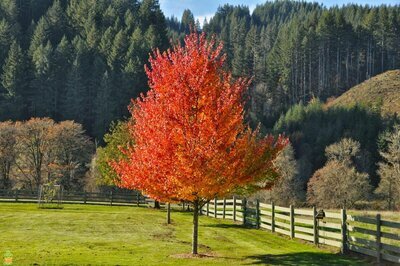 Shop Trees By Zone
Shop Trees By Zone
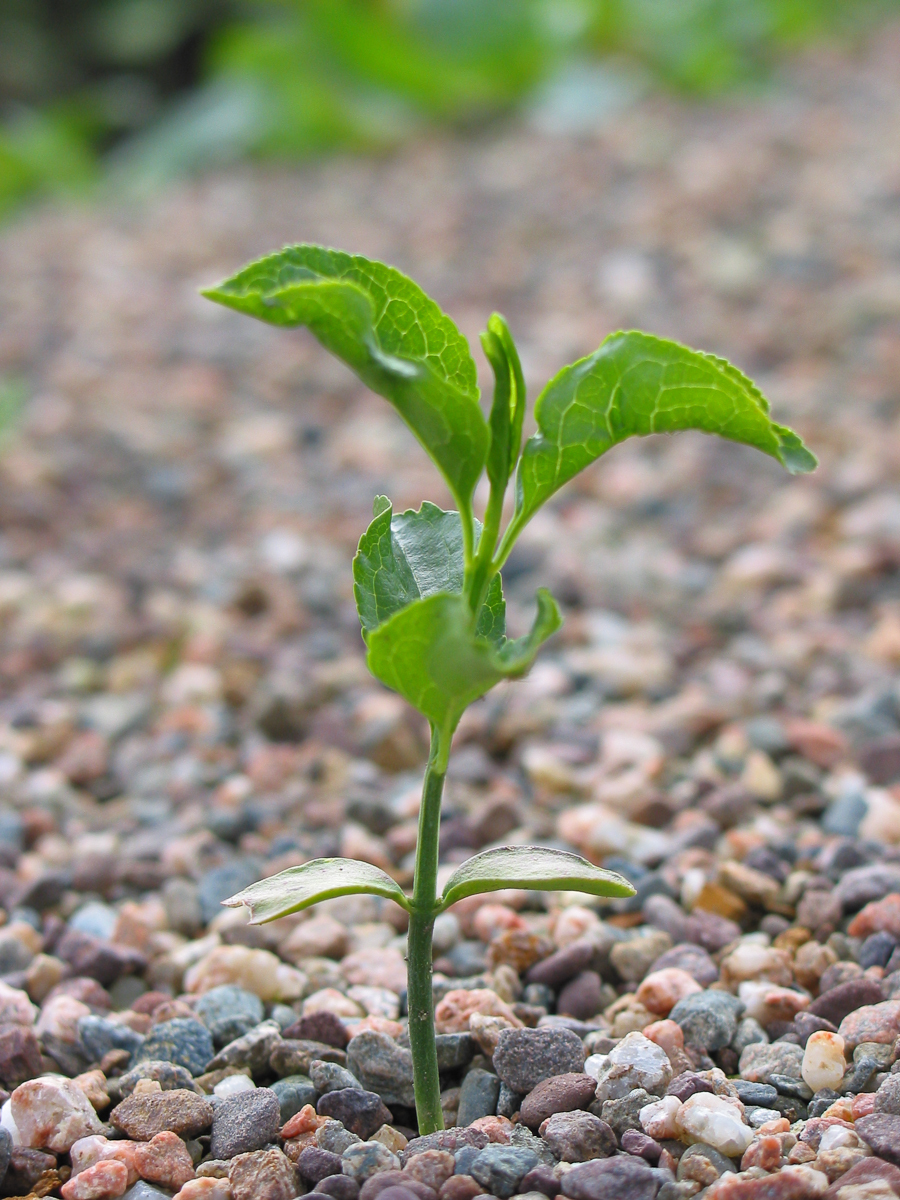 Tree Seedlings
Tree Seedlings
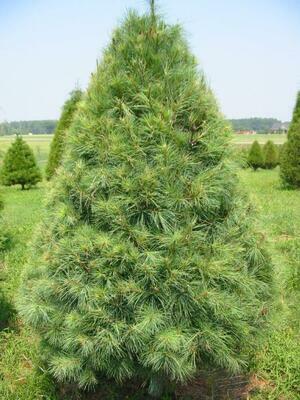 Fast Growing Trees
Fast Growing Trees
 Pine Trees
Pine Trees
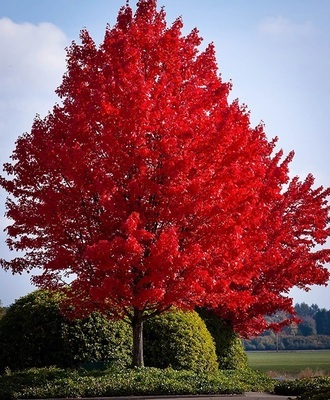 Live Stakes
Live Stakes
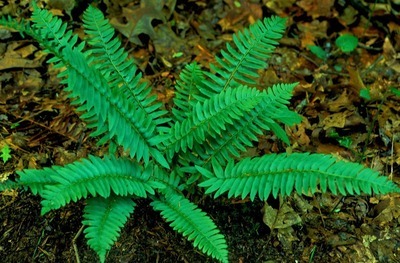 Evergreens
Evergreens
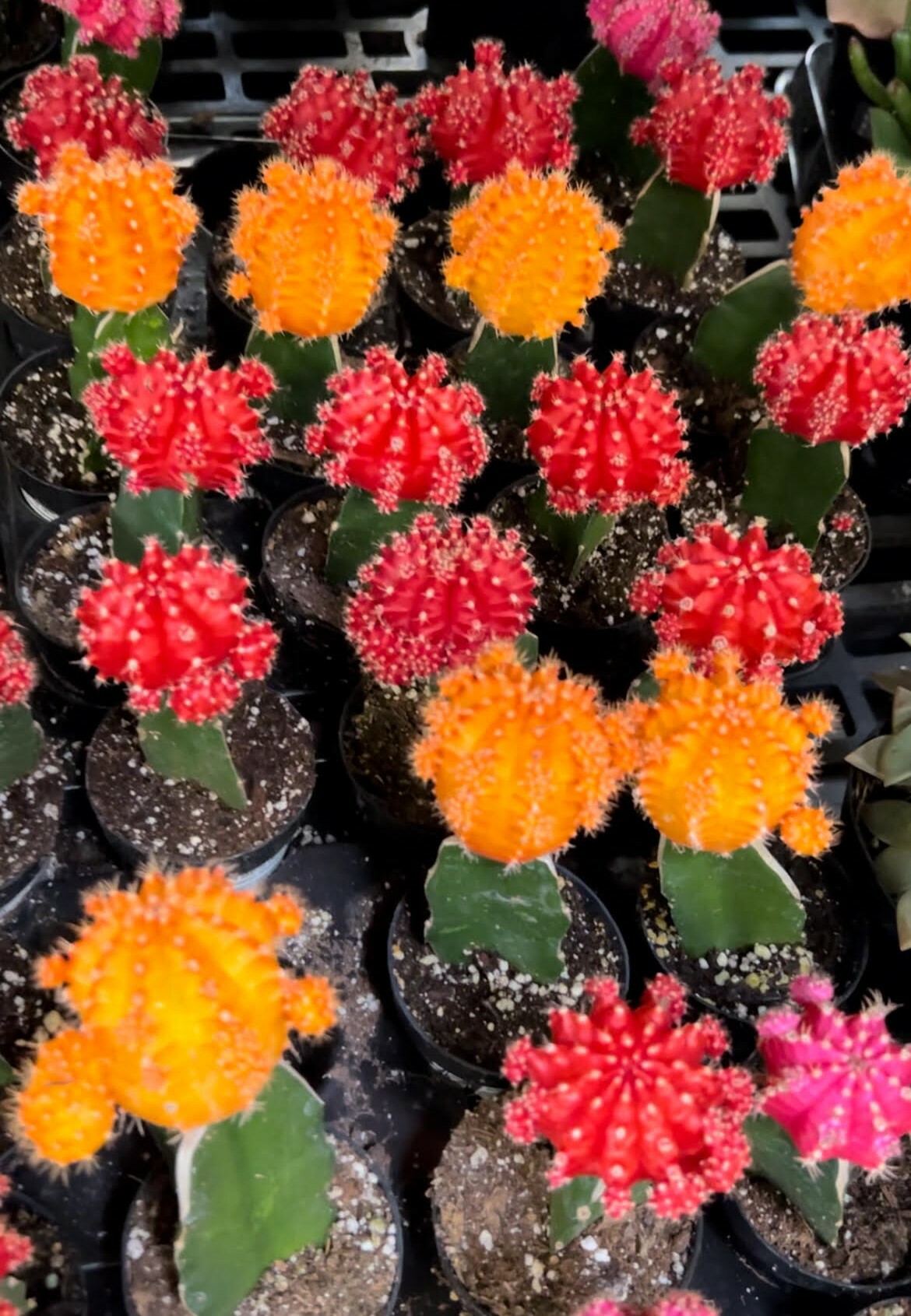 Cactus
Cactus
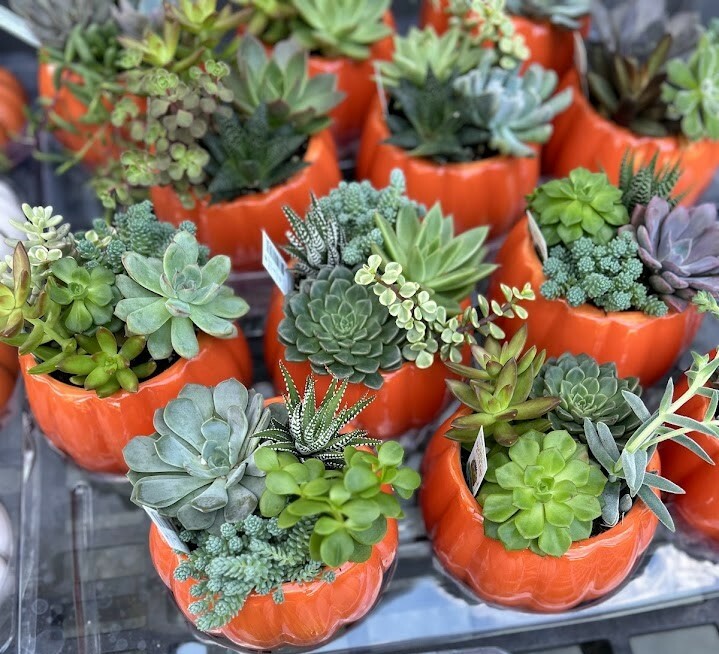 Combos
Combos
 Echeveria
Echeveria
 Haworthia
Haworthia
 Sedum - Stonecrop
Sedum - Stonecrop
